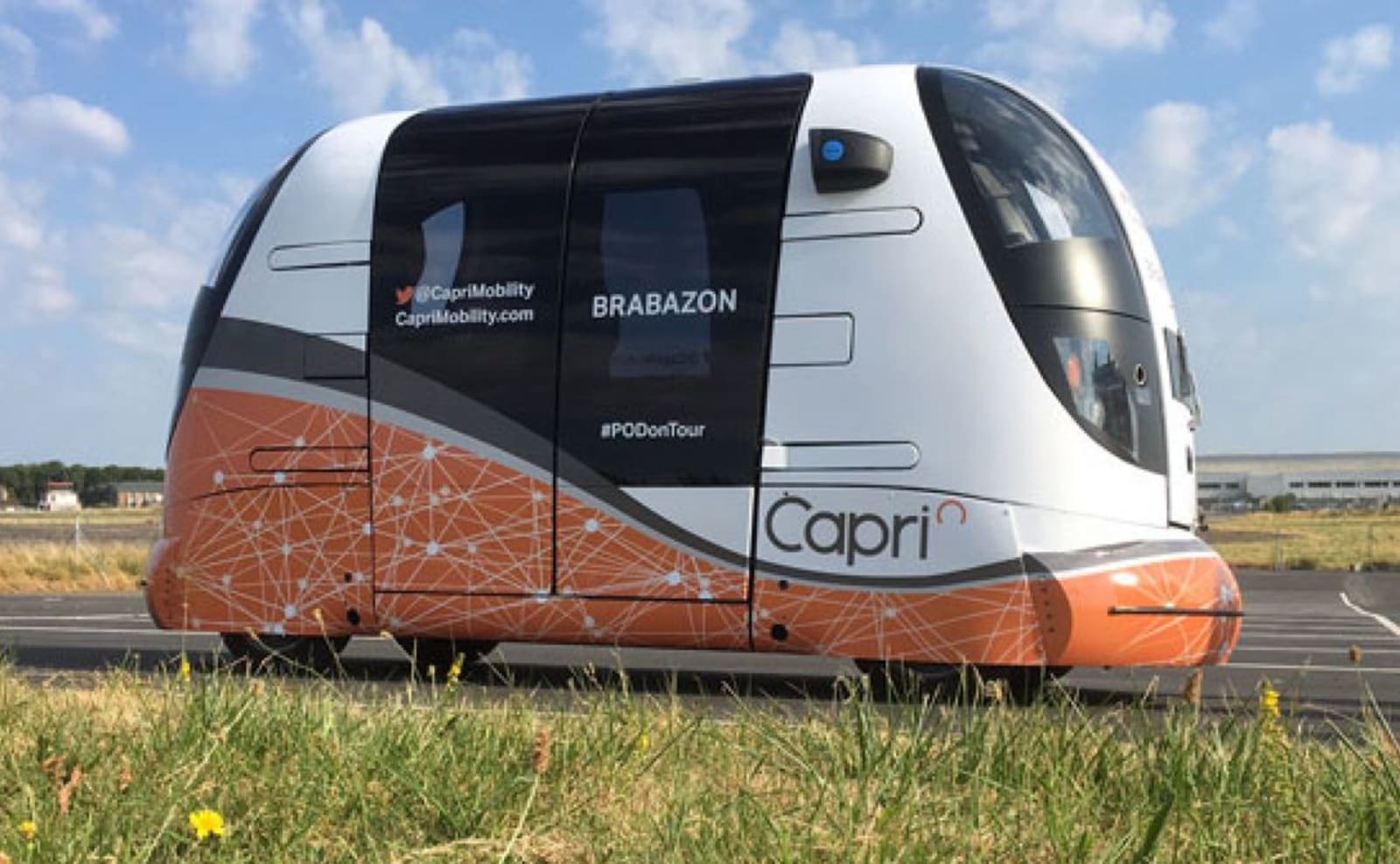
Take the 3D sensor inside the Microsoft Kinect, shrink it down to a tenth of its original size and add a bunch of mobile capabilities, and you have yourself PrimeSense's latest conquest, better known as Capri. The company, which is the brains behind the Kinect, has been openly working on bringing a tiny-yet-advanced 3D experience to tablets, televisions and smartphones for quite some time now. And it's proud enough of its progress so far that it's willing to give some real-life demonstrations to developers attending Google I/O. You may not see Capri embedded on the PCB of your portable gadget anytime soon -- at least, not until PrimeSense winds up wooing the pants off a lucky OEM or two -- so in the meantime, the company has connected the sensor board to the Nexus 10 via micro-USB.
Unlike the Kinect, however, PrimeSense doesn't think gestures will play a significant role in how we use Capri to interact with our gadgets. Rather, it seems to be more focused on 3D-based use case scenarios, many of which haven't even been thought up yet. As you'll see in the video below, we were shown an AR game that takes the environment around you -- walls, furniture and other elements -- and uses them as restrictions, just as much as they would be in real life. In another app, Capri snapped a three-dimension shot of an object on the table in front of us, captured its measurements and let us export that image to another device or even a 3D printer. In many respects, PrimeSense appears to be taking the same strategy Google does with Glass: get developers excited about the tech in the hopes they'll come up with clever uses for it. And while the company isn't ready to put Capri in their hands yet, the SDK is up for grabs, and I/O is no doubt an ideal place to build excitement for it. If you're looking for more info, we have a gallery, video and press release below, and you'll find the SDK at the More Coverage link.
Filed under: Cellphones, Peripherals, Tablets, Mobile
Comments
 Shoppers at a UK mall have the opportunity to try out autonomous transport pods this week which -- in a UK first -- operate entirely without supervision. The driverless pods are being tested at the Cribbs Causeway mall in Gloucestershire, and run bet...
Shoppers at a UK mall have the opportunity to try out autonomous transport pods this week which -- in a UK first -- operate entirely without supervision. The driverless pods are being tested at the Cribbs Causeway mall in Gloucestershire, and run bet...
 Shoppers at a UK mall have the opportunity to try out autonomous transport pods this week which -- in a UK first -- operate entirely without supervision. The driverless pods are being tested at the Cribbs Causeway mall in Gloucestershire, and run bet...
Shoppers at a UK mall have the opportunity to try out autonomous transport pods this week which -- in a UK first -- operate entirely without supervision. The driverless pods are being tested at the Cribbs Causeway mall in Gloucestershire, and run bet...









